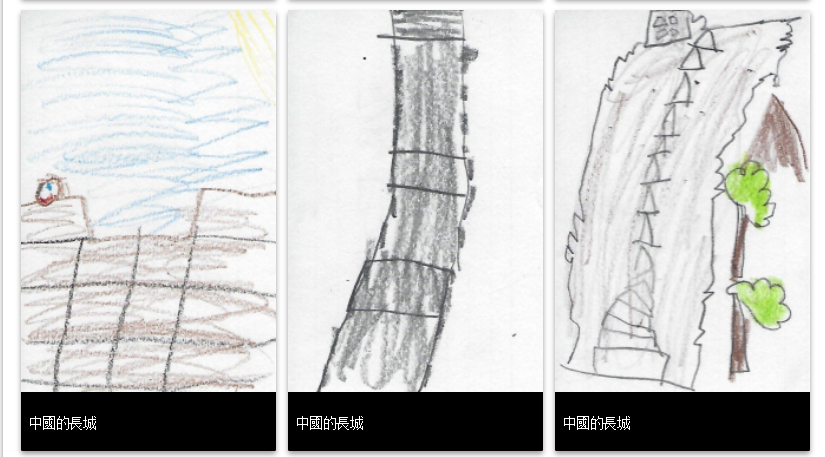Summary
A small group of advanced 4th grade students were given the special task of creating something that would help the other 4th graders do better on their SOL Tests. It was left open-ended so they could choose any subject area and any means of presenting their project to the school. They brainstormed ideas on their own and came up with this idea of a roller coaster through the Virginia studies curriculum. The roller coaster would be like a timeline of events. Each student chose a period of Virginia history and they were instructed to find 5 important events from that period to include on the timeline. They collected their information and images from a variety of online sources into a Google Doc. Once their research was complete, they used two websites to build the timelines. Basically all they had to do was copy and paste their data from the Google Doc, and the websites generated the timelines automatically. Finally they decided that the best way to display their timelines was to embed them in a webpage and share the webpage with the other 4th grade students. They included a poll on the webpage to get feedback from visitors. Their hope is that this website will be used by teachers and students to review the information in a fun way and to improve on the SOL test. They see how their site is being used by viewing the analytics and getting feeback from the form.
TIPC Ratings
The students selected the main topic that they wanted to research as a group, Virginia Studies. They also chose which period of Virginia history they wanted to research individually, based on their interests and background knowledge. Next they had to evaluate a multitude of events that occurred during that period in order to narrow it down to the five most important ones. They summarized the events in a few sentences and found pictures online to illustrate the events. They presented their information in a cohesive theme of a roller coaster timeline that is authentic and useful to other 4th grade students (as well as anyone interested in a visual overview of Virginia history).
The students collaborated together to choose the topic and the roller coaster theme. They also worked together to make the videos and present their information. Since they collected their data and resources on a shared Google Doc, they could access it anywhere… in class and at home. They assigned themselves various tasks, such as designing the roller coaster, and they often had to work on this project without adult supervision. Finally they shared their finished project online so it could be accessible to a wider audience than just the intended 4th grade classes. They also asked for input from their viewers by including a feedback form.
The project was purposefully open-ended so the students could be in control of the decision-making process. They selected the topic and decided on the best way to present it. They picked the programs and web tools they wanted to use. Throughout this project the students were making evaluative judgments to determine which events would be most beneficial to include on the timeline. Most of the problems they encountered had to be solved within their small group since this was an independent project, apart from the rest of the class.
The students were encouraged to take risks, try new things, and come up with original ideas… and they did just that! They created the roller coaster idea on their own and one of them tried a new website he had never used before (neither had the teacher!). They wanted their project to be interesting and entertaining, so if something seemed boring or lackluster, they thought of ways to liven it up. One retook her picture because she realized she looked kind of “meh” and a couple of them re-recorded their videos in order to be more enthusiastic. They did this without any teacher prompting, just self-evaluation and a bit of peer pressure. Their final project went way beyond the original specifications because they added their own ideas to it.
Student Artifact
Download Files
7001_RollerCoasterTimeline

Contents:
- Lesson Plan (Word Doc)
- Lesson Plan (PDF)
- Link to Google Spreadsheet




